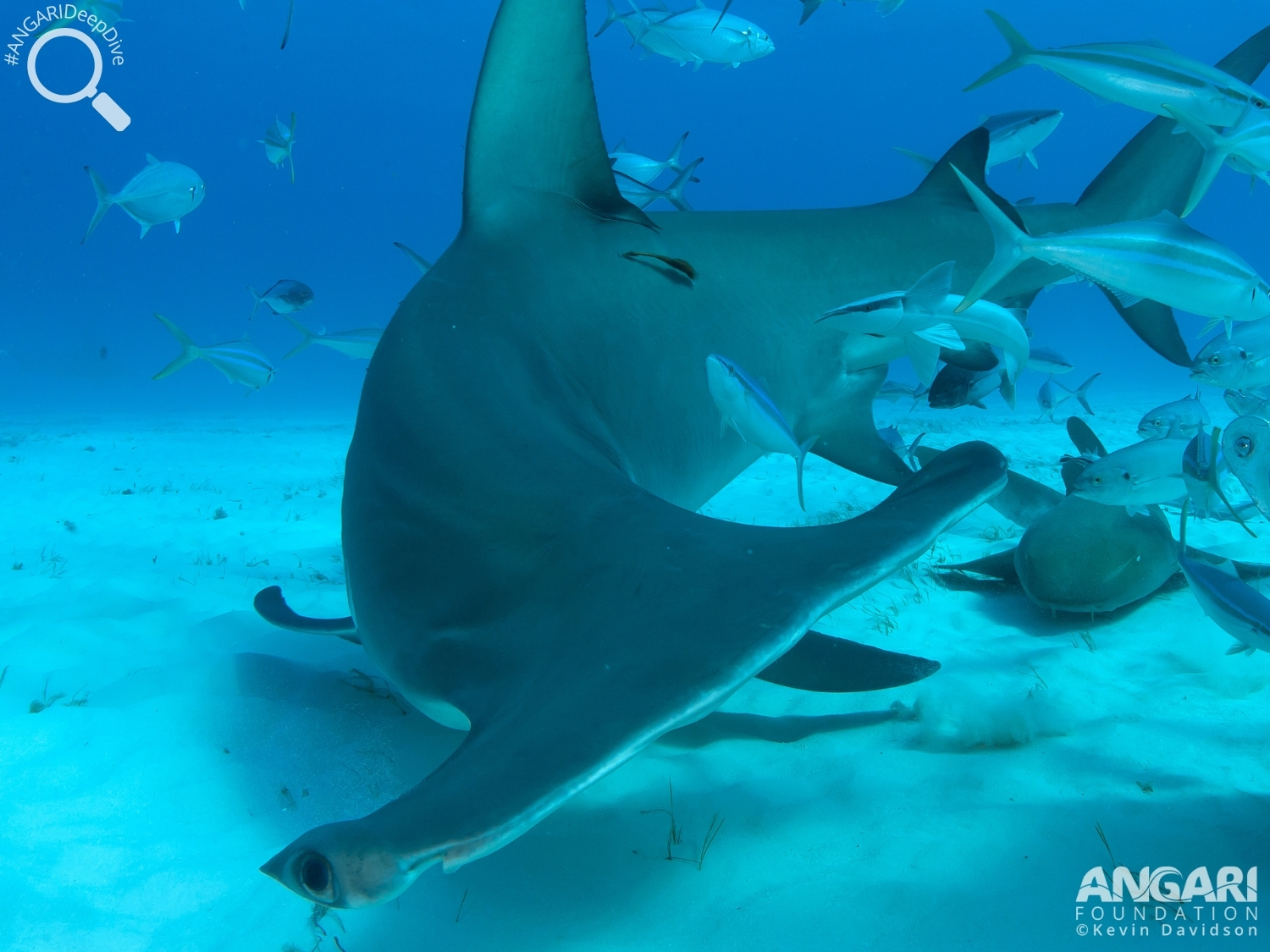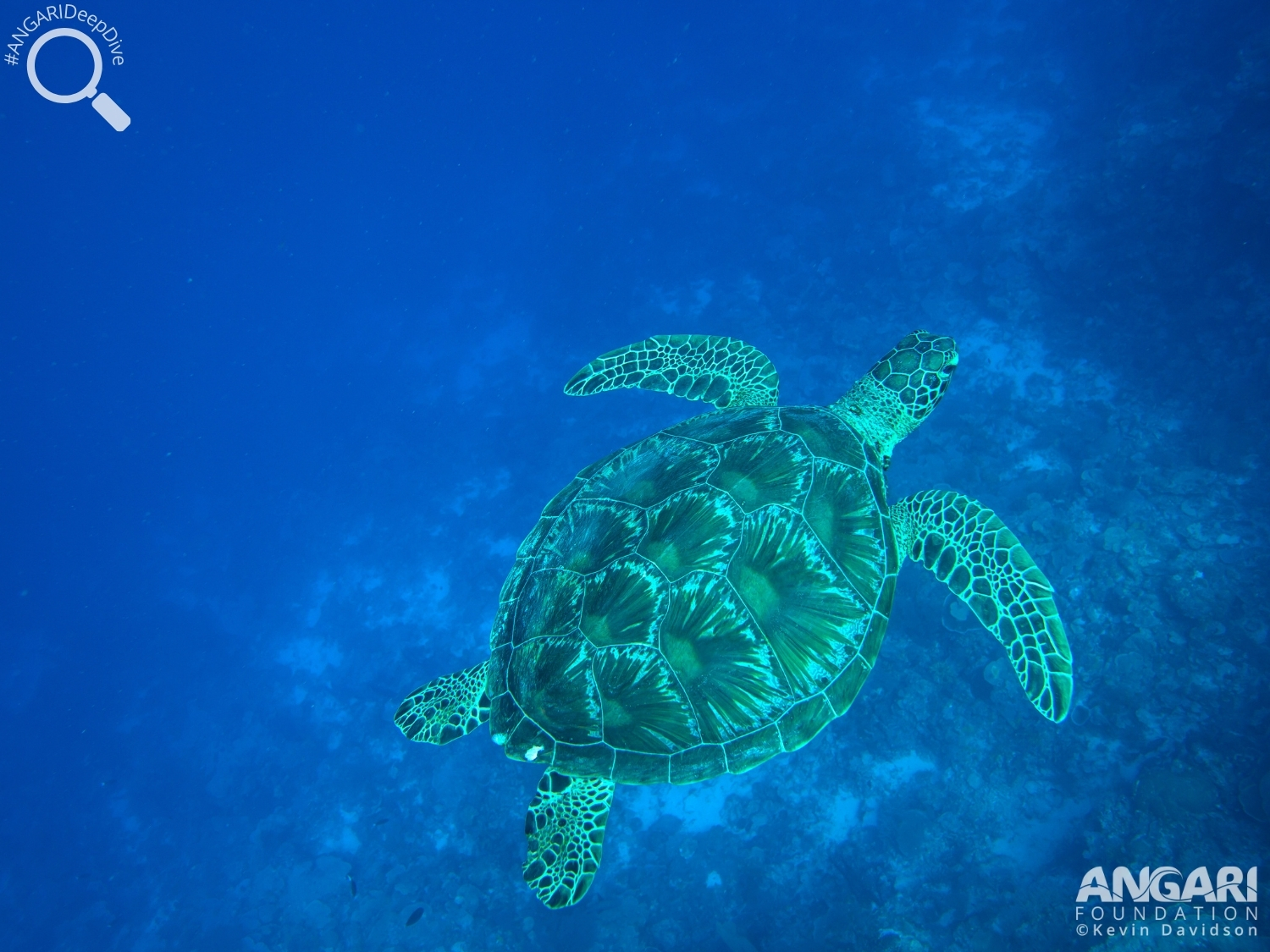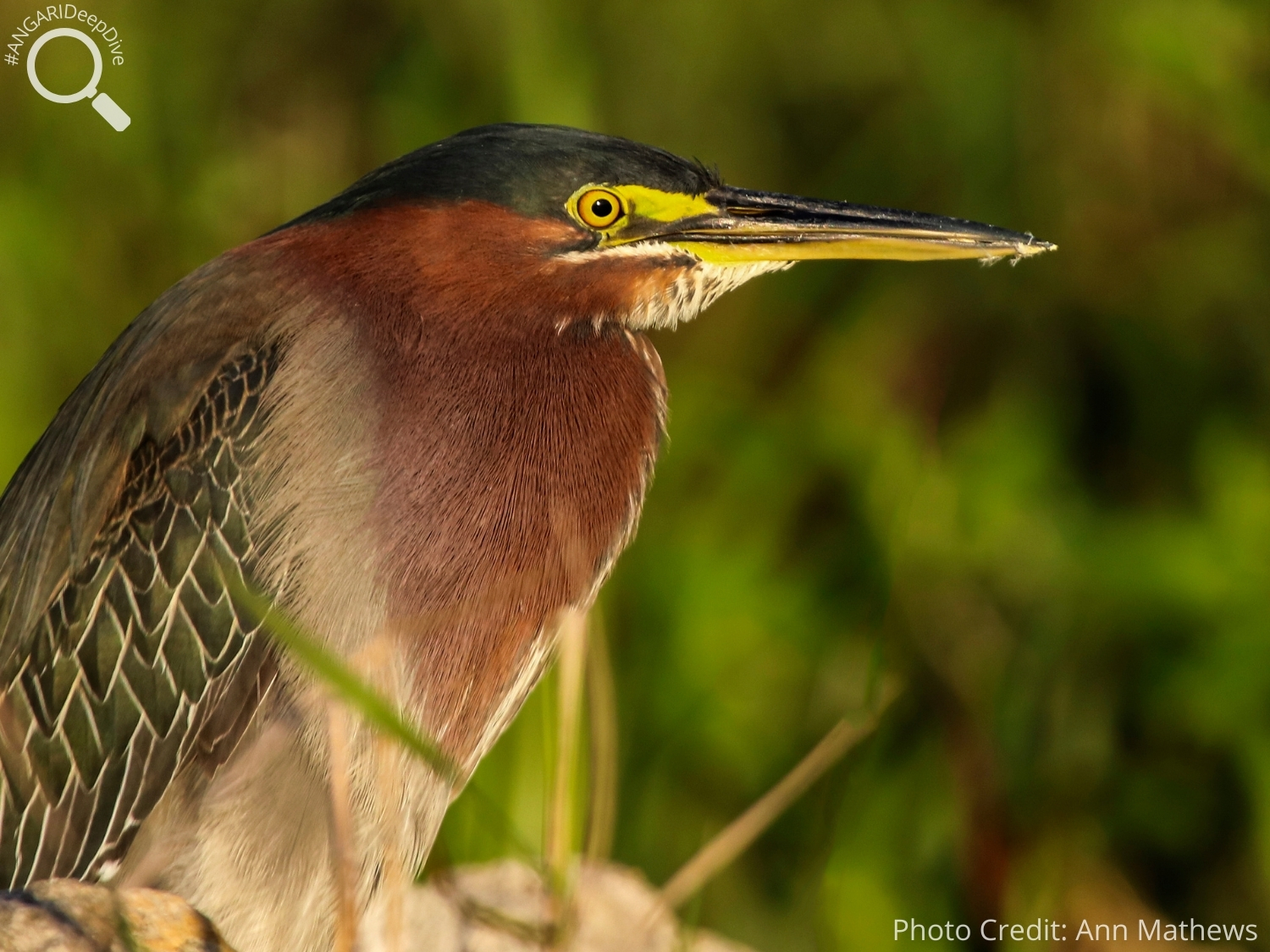The great hammerhead shark (Sphyrna mokarran) is an apex predator within the shark community and…
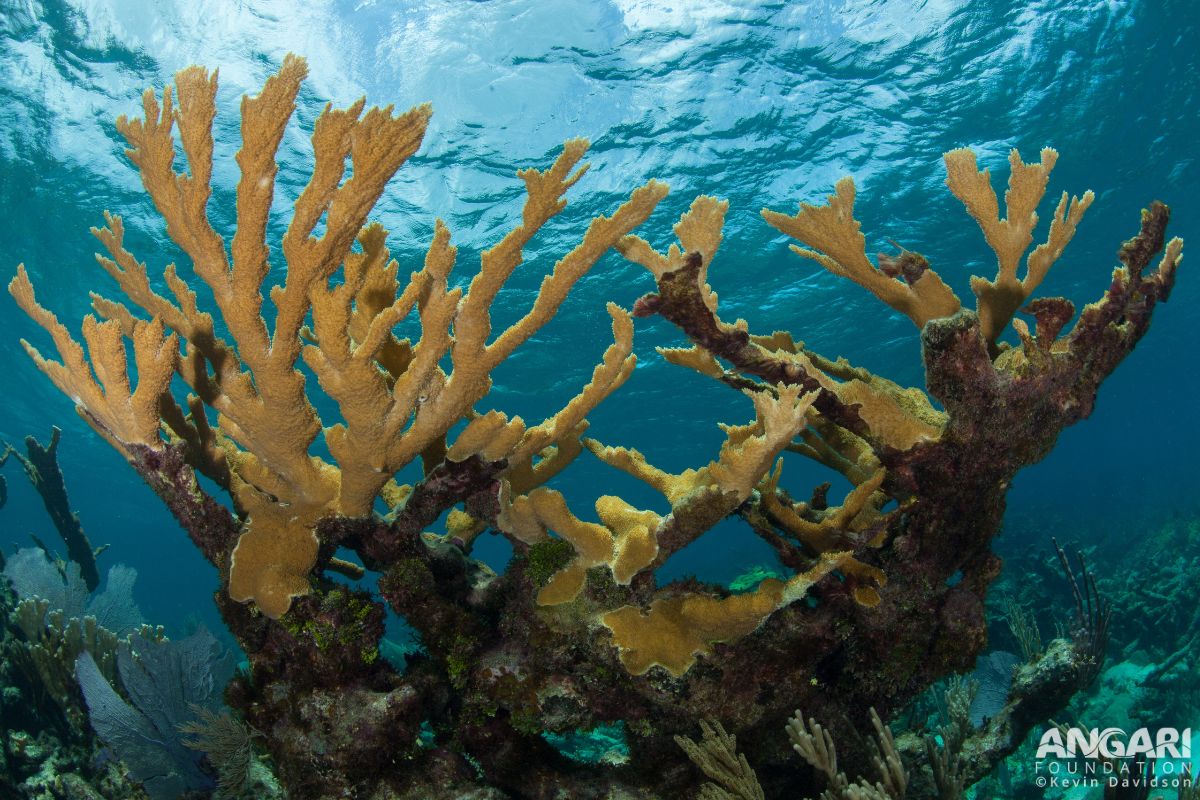
Elkhorn Coral (Acropora palmata)
Elkhorn coral (Acropora palmata) is a species of fast growing, reef-building, hard coral that is named because of its resemblance to elk antlers. Its branches can grow up to 5 inches per year. Prior to the 1980s, this species of coral used to be abundant throughout reefs in The Bahamas, the Caribbean and Florida.
#1: How big does elkhorn coral get?
Elkhorn coral can grow rapidly and reach sizes up to 12 feet in diameter and 6 feet in height. This also makes elkhorn coral a great species to help build up reef structure.
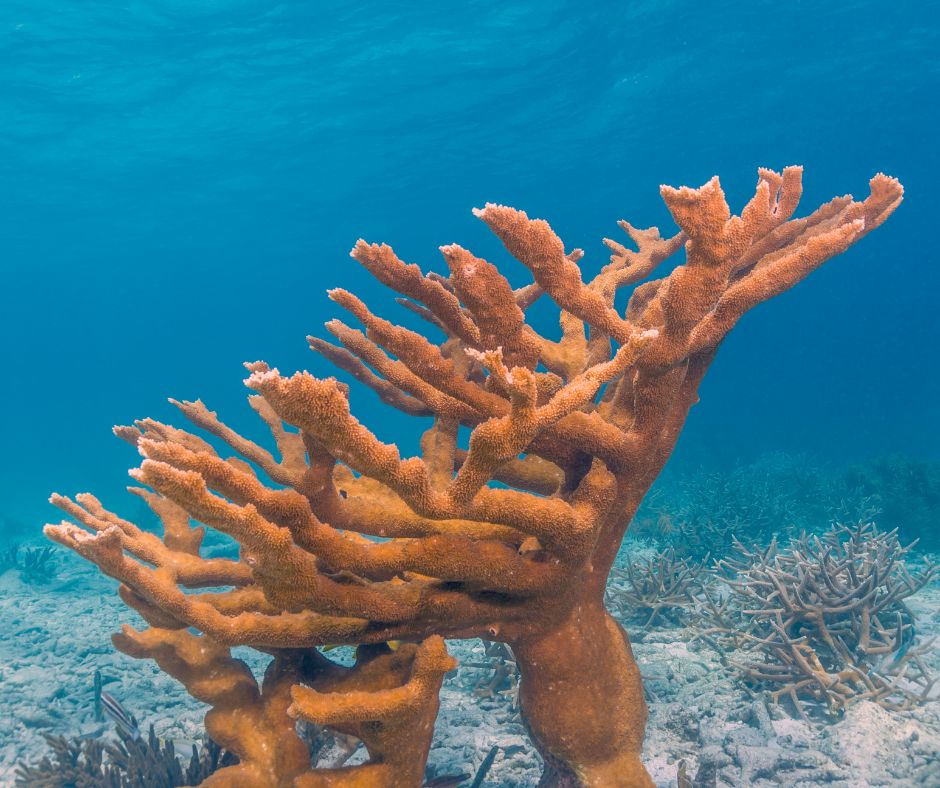
#2: Elkhorn coral has many color combos.
Elkhorn coral is typically golden tan or light brown in color with white tips. The color is determined by the symbiotic algae living within the coral polyps.
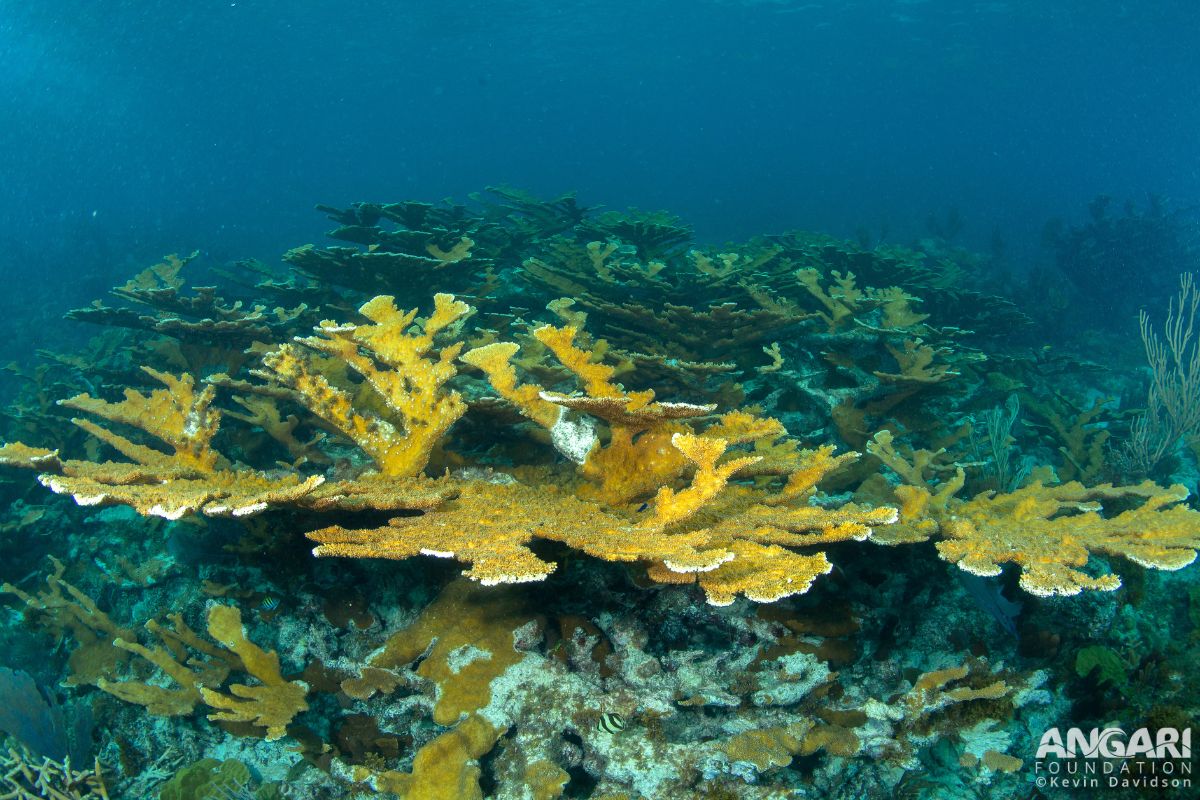
#3: Elkhorn coral have loooong lifespans.
Healthy elkhorn coral can live hundreds of years. Scientists have discovered that some elkhorn coral can even live up to 5,000 years, making this coral one of the longest living animals on earth!
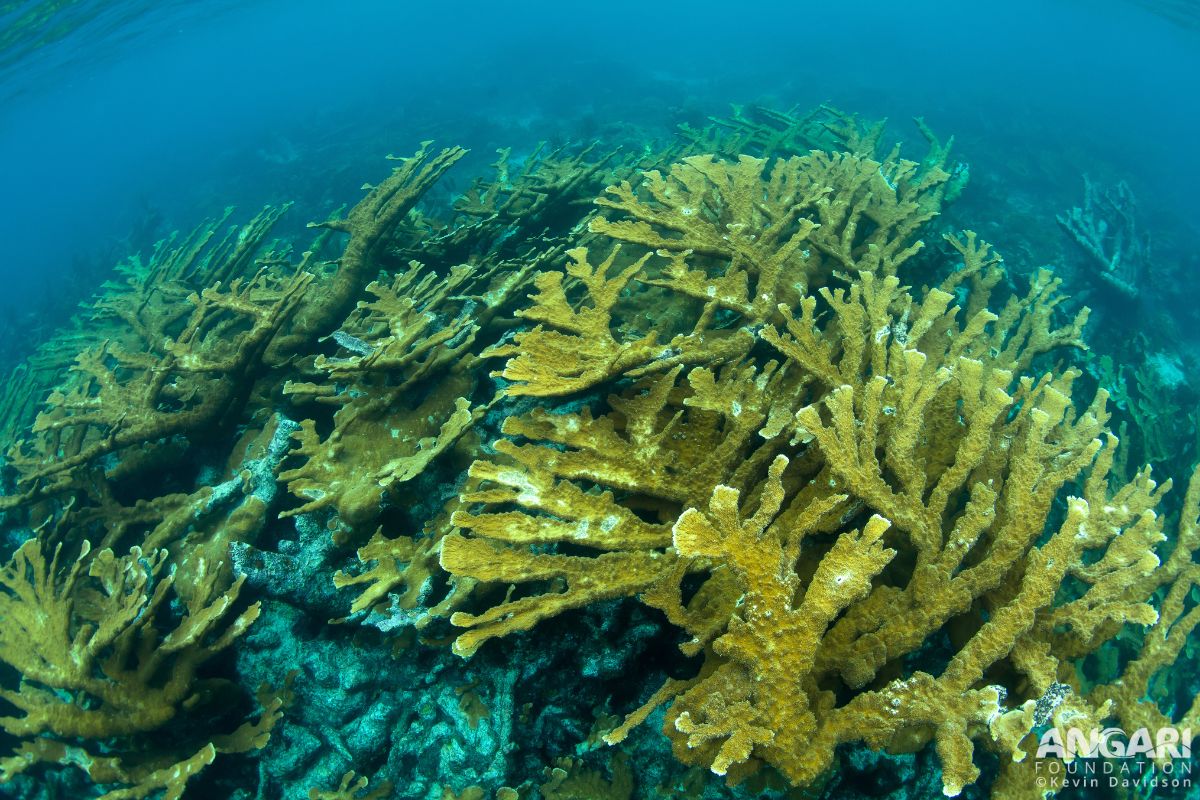
#4: Elkhorn corals are both male and female.
Elkhorn coral is a hermaphrodite, meaning each colony can produce both male and female gametes needed to reproduce.
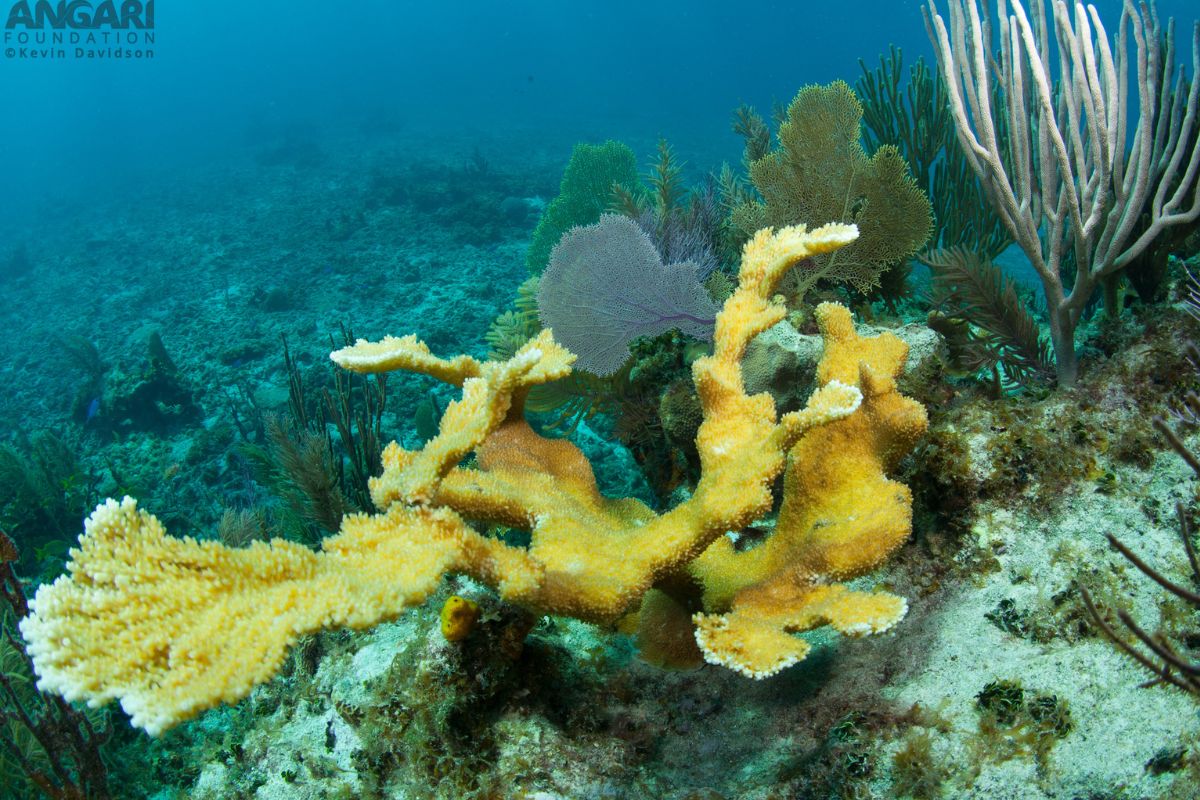
#5: Elkhorn coral uses broadcast spawning.
Elkhorn coral reproduces only once per year, in a broadcast spawning event. This event takes place after a full moon during the summer months. The limiting annual reproduction also contributes to this species’ overall small population sizes and recovery rates.
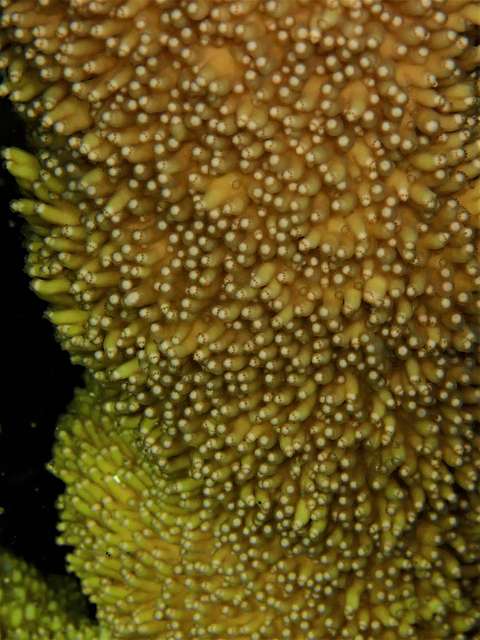
#6: Broken elkhorn coral fragments can be the start of new coral colonies.
New elkhorn coral colonies can form when broken fragments reattach to hard surfaces. The new corals formed from the fragments are genetically identical to the parent coral. This practice is used in coral restoration efforts around the world.
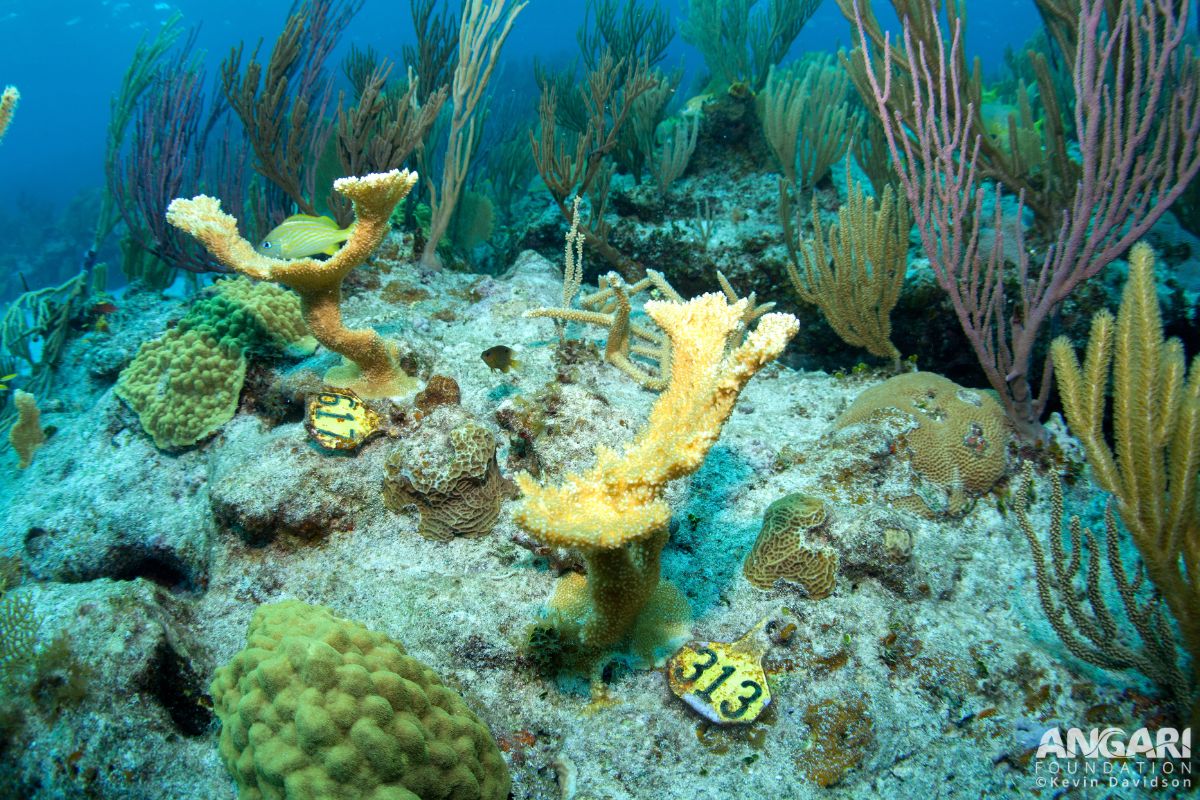
#7: Where does elkhorn coral get its food from?
Elkhorn coral gets energy from its symbiotic relationship with Zooxanthellae, the photosynthetic algae that live in its tissue. Individual coral polyps also eat by reaching out to grab passing plankton in the water.
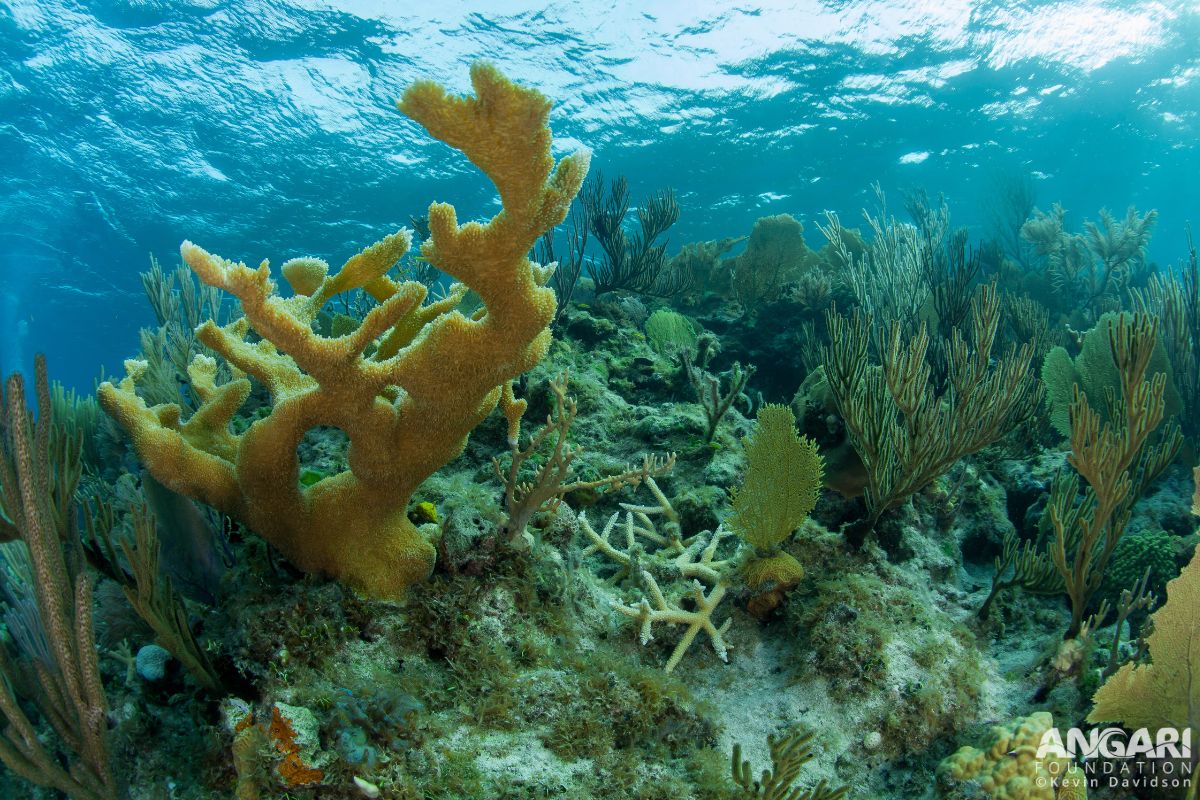
#8: Elkhorn coral make a great home for other organisms.
Elkhorn coral is a reef-building species that can grow in dense pockets, providing a habitat for marine life like fish and lobsters.
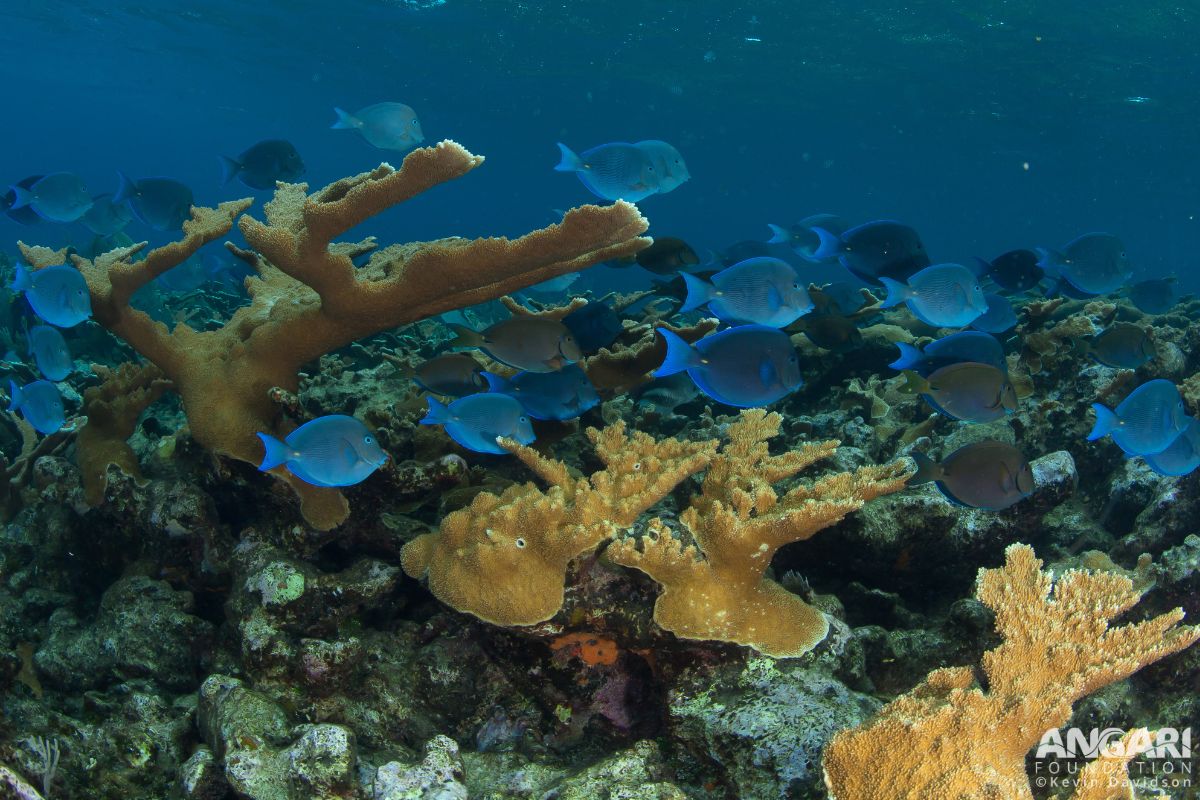
#9: Elkhorn coral has protective properties.
When elkhorn coral are abundant along a shoreline, they help protect the coastline from storms and hurricanes. Coral reefs act to buffer incoming waves and reduce their intensity as they come ashore.
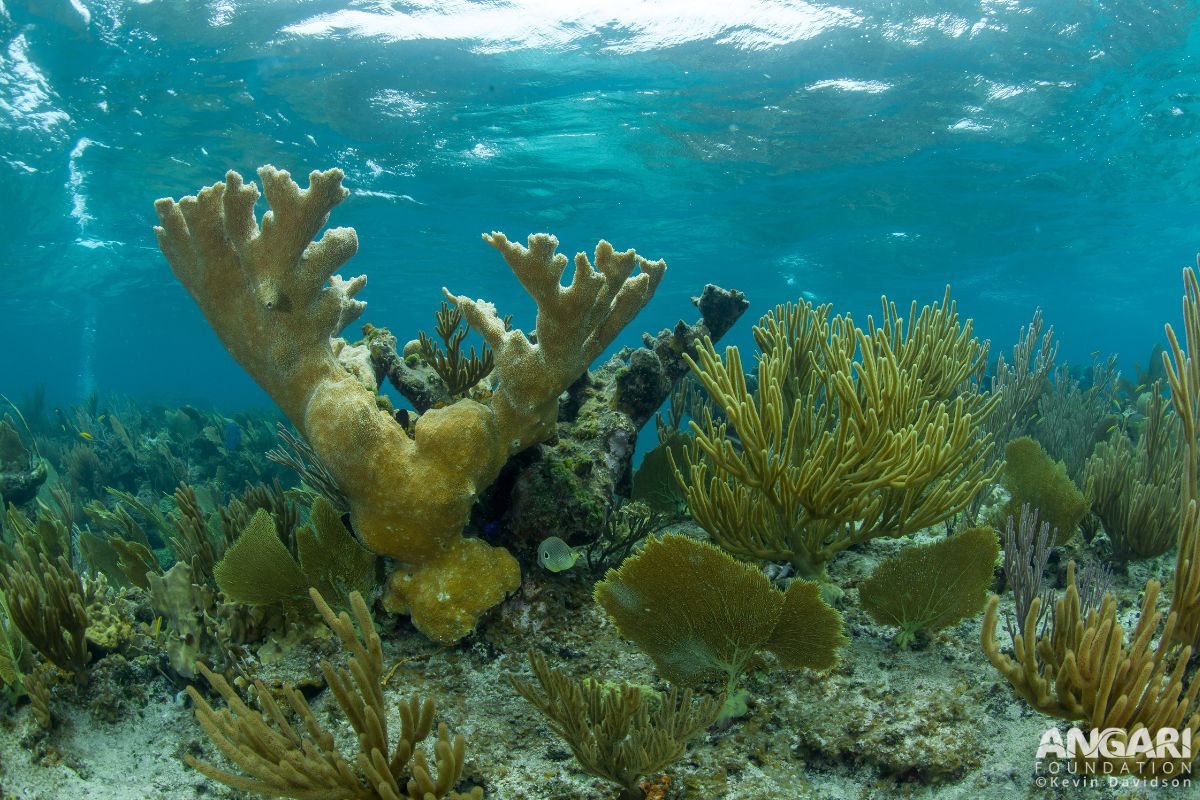
Elkhorn coral was once very abundant within our coral reef ecosystems; however, in the 1980’s a disease called White Band Disease wiped out 97% of its population, making it a critically endangered species. This species also faces other threats such as ocean warming, ocean acidification, habitat degradation and water pollution.
Many scientists are working hard to manage the remaining populations and help recovery efforts through habitat protection, nursery breeding and replanting and rescuing injured elkhorn. We can also help by not touching or damaging reefs, disposing of trash properly, using reef safe products, minimizing our use of fertilizers and spreading the word!
Additional Elkhorn Coral Resources:
1. NOAA – Elkhorn Coral
2. Florida Fish and WildlifeConservation Commission – Elkhorn Coral, Acropora palmata
3. Elkhorn coral 3D model

